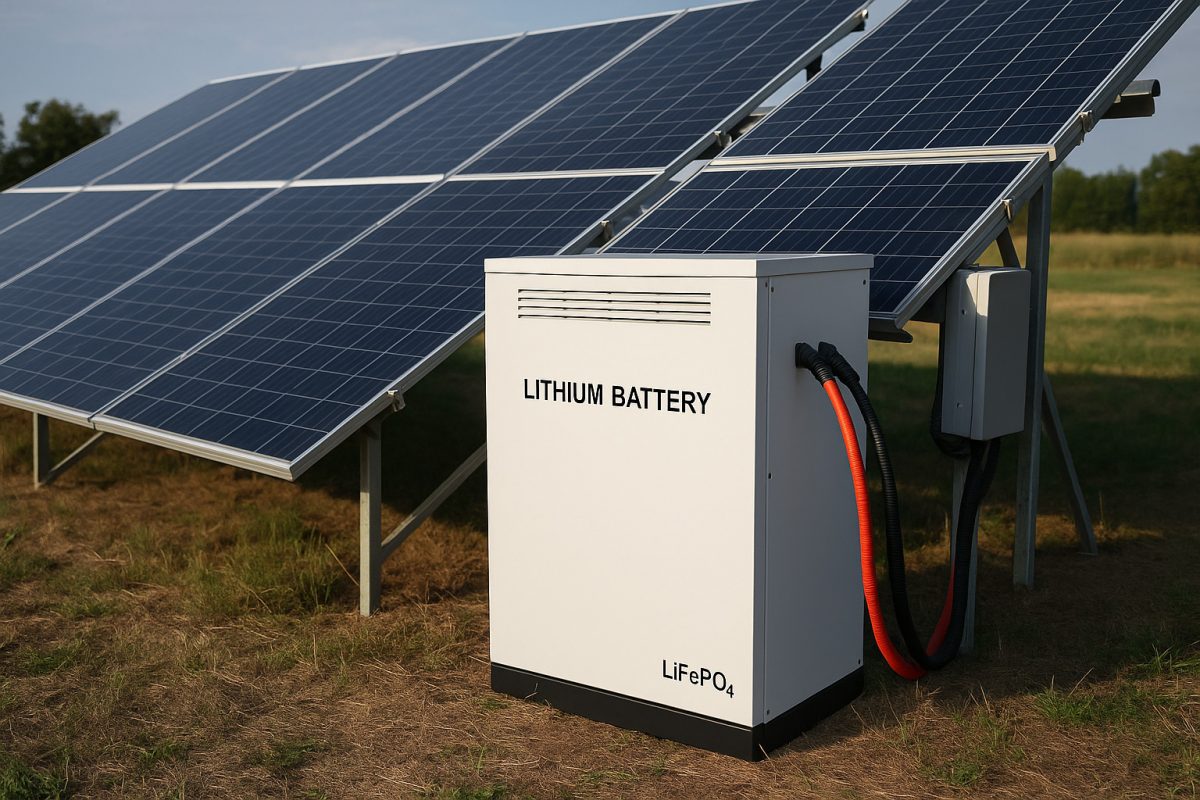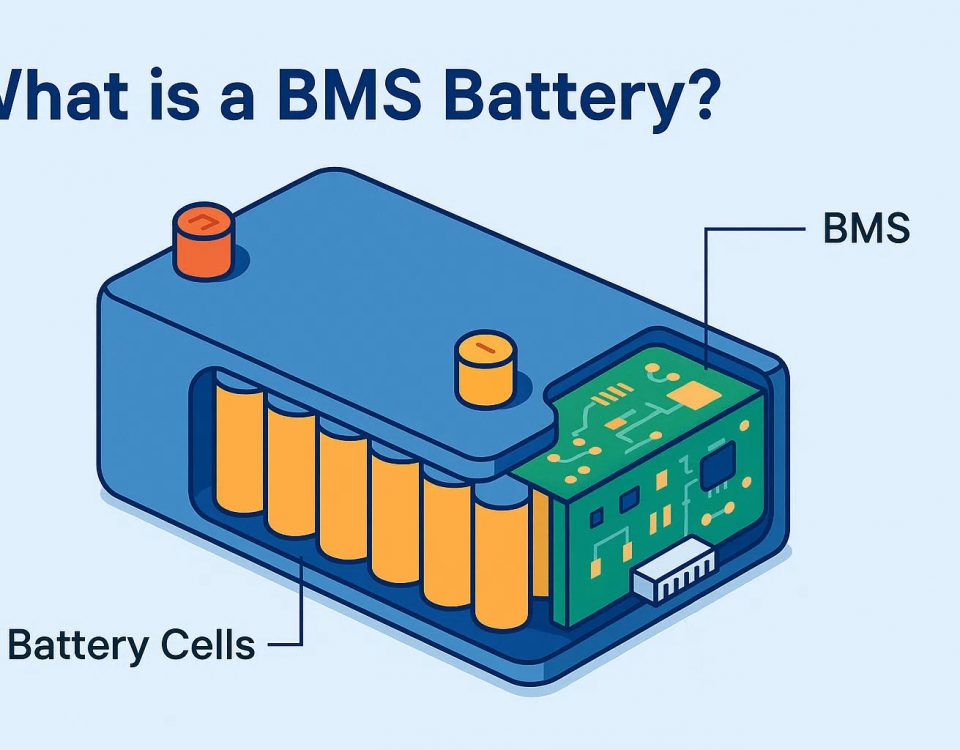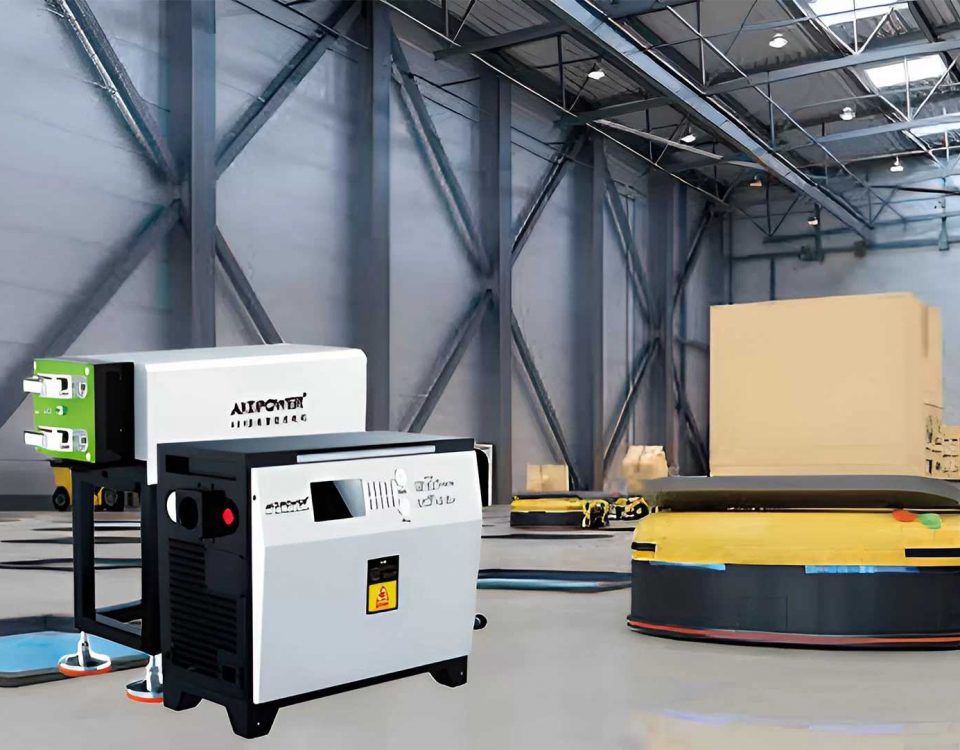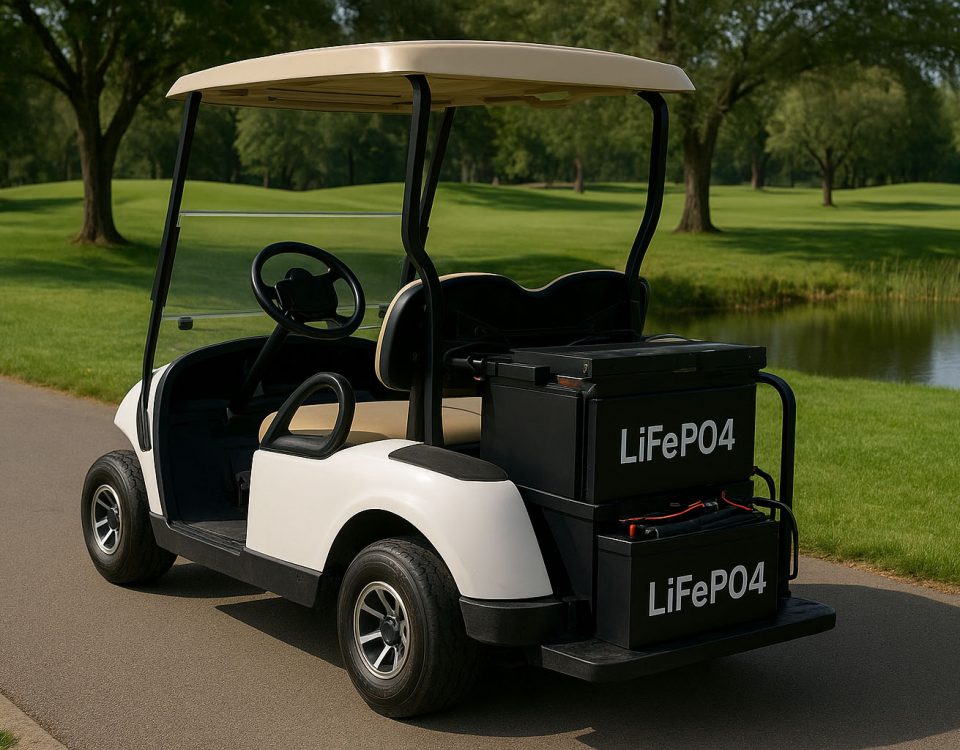How storage works, which chemistries and system architectures matter, and how to size and choose a battery for reliable, cost-effective home energy
As rooftop solar adoption grows, batteries have moved from a niche add-on to a mainstream consideration. A correctly specified battery turns intermittent rooftop generation into dependable, usable energy—shifting consumption away from peak price windows, protecting against outages, and increasing self-consumption. This article explains the technical essentials and practical decision points a homeowner or installer needs to make to select a safe, cost-effective storage system.
What a solar battery actually does
A solar battery stores surplus electricity produced by your photovoltaic (PV) array and releases it when needed—at night, during cloudy periods, or during a grid outage. The system that accomplishes this consists of PV panels, an inverter (or hybrid inverter), the battery modules, a Battery Management System (BMS), and monitoring controls. How these components interact determines round-trip efficiency, usable capacity, reliability, and safety.
Two common architectures: DC-coupled and AC-coupled
There are two practical ways to integrate storage with a solar array:
-
DC-coupled systems place the battery on the DC side, between the panels and the inverter. This reduces the number of power conversions and can improve round-trip efficiency. DC coupling is frequently the most efficient option for new, ground-up installs.
-
AC-coupled systems add storage on the AC side, after the inverter. This approach is simpler to retrofit to existing PV systems and often minimizes installation disruption. The tradeoff is slightly higher conversion losses during charge/discharge cycles.
If you are replacing both panels and inverter or designing a new system, DC coupling often yields better performance. If you are retrofitting storage to an existing inverter, AC coupling usually offers a faster, lower-cost path.
Battery chemistries and practical tradeoffs
The chemistry you choose drives performance, lifespan, safety, and cost.
-
Lithium Iron Phosphate (LiFePO4): Increasingly the standard for residential storage. LiFePO4 offers high cycle life, excellent thermal stability, and low degradation over time. Typical round-trip efficiencies exceed 90%, and well-designed systems commonly achieve 3,000–6,000 useful cycles depending on depth-of-discharge (DoD) and operating conditions. LiFePO4’s safety profile and long calendar life make it a strong value proposition for most homeowners.
-
Other lithium-ion variants: Some lithium chemistries provide higher energy density but trade off cycle life or thermal stability. For residential stationary storage, LiFePO4’s balance of safety and longevity is usually preferred.
-
Lead-acid (AGM, gel, flooded): These legacy chemistries have lower upfront costs but significantly lower usable capacity, shorter useful life, and higher maintenance requirements. They remain in use for budget or very small off-grid systems but are less attractive for long-term home investment.
-
Flow batteries and emerging chemistries: Flow batteries excel at long duration and long cycle life in larger installations but are typically too large and costly for standard residential rooftops. Emerging chemistries may offer environmental benefits but are not yet widely adopted for general home storage.
Key performance metrics to evaluate
-
Usable capacity (kWh): The battery capacity available for daily use after accounting for DoD limits. A battery rated at 10 kWh with a recommended 90% DoD provides less usable energy in practice than nominal capacity implies—confirm usable kWh with the vendor.
-
Round-trip efficiency (%): The percentage of stored energy you can actually retrieve. Higher efficiency increases economic value for time-shifting and maximizes self-consumption.
-
Cycle life and warranty: Understand warranty terms (years and throughput). Many vendors warranty both time and minimum retained capacity (for example, 70% capacity after a defined number of cycles).
-
Power rating (kW): The maximum continuous power the inverter and battery can deliver; critical when sizing to run high-draw appliances during outages.
-
Thermal and safety features: A robust BMS, thermal management, and safety certifications are essential.
How to size a home battery
Sizing should be objective and goal-driven:
-
Define the primary objective: emergency backup, peak-price avoidance (TOU arbitrage), or maximizing solar self-consumption. Each objective leads to different sizing and inverter choices.
-
Calculate typical daily use: Look at monthly usage and derive an average daily kWh. For outage backup, model the specific critical loads and their combined consumption.
-
Factor usable capacity and efficiency: If you need X kWh usable, select a battery with nominal capacity that accounts for DoD and round-trip losses.
-
Consider inverter limits and surge needs: For running motors (HVAC, pumps), ensure the inverter and battery can handle surge currents.
Example: a household with a 25 kWh daily use that wants one night of partial backup for critical loads may select a 10–15 kWh usable battery targeted at priority circuits rather than whole-home coverage.
Installation, permits, and safety
Battery installations require professional electrical design, local permitting, and adherence to building and fire codes. Select an installer familiar with the jurisdiction’s interconnection requirements and with experience commissioning battery systems. Critical safety elements include BMS implementation, ventilation (if required by chemistry), proper mounting and clearances, and accessible monitoring for firmware updates and diagnostics.
Cost, incentives and payback
Upfront battery costs vary by chemistry, capacity and supplier. Evaluate total installed cost per usable kWh, warranty coverage, and the expected lifetime throughput. Local incentives, utility rebate programs, and federal tax credits can materially change economics—include available incentives in your financial model when estimating payback. For many homeowners, the value proposition improves when combined with time-of-use rate structures or frequent outage exposure.
How to choose a reliable supplier
Select suppliers that provide transparent technical specifications, clear warranty language tied to performance, and documented safety certifications. Local support matters—a supplier that can offer timely commissioning and service is preferable. Example vendor names are less important than evidence of independent testing, UL/IEC certifications where applicable, and responsive local service.
Maintenance and long-term considerations
Stationary battery systems are generally low-maintenance, but monitoring and firmware updates keep systems performing. Periodic checks of inverter communications, BMS alerts, and a professional inspection every few years will extend service life. Plan for eventual replacement or capacity fade: understanding warranty terms helps manage total cost of ownership.
บทสรุป
A well-sized, well-installed battery transforms rooftop solar from a daytime generation source into a resilient, controllable energy resource. Prioritize system architecture that matches your goals, favor stable chemistries with documented safety and cycle life, and select vendors that provide transparent specifications and local support. With careful planning, battery storage can reduce bills, increase energy independence, and provide peace of mind when the lights go out.




